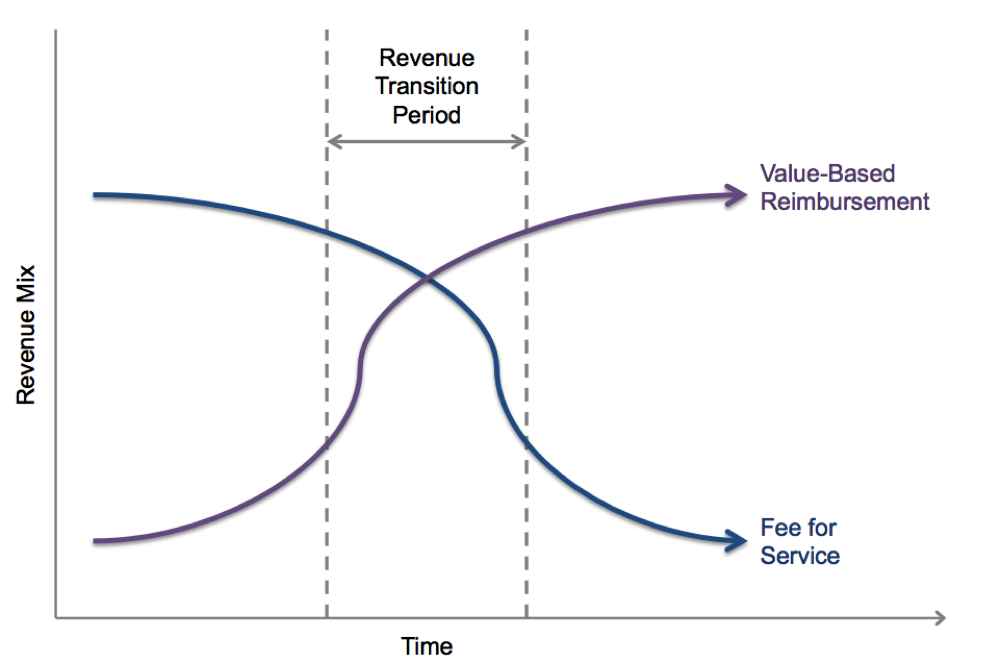The Cost of Value-Based Healthcare
Two primary objectives of Value-Based Care (VBC) are quality improvement and cost reduction. Quality improvement by way of standardized quality measurement is now a customary and integral function of most VBC programs. Alternatively, cost reduction has not, in most cases, experienced such a deliberate effect as that of its counterpart. Cost containment has proven to be a more worthy adversary to Value-Based Care initiatives because organizations face an expensive revenue transition period when moving from fee-for-service payments to payments based on the value of care provided.
Although cost appears to be an impervious matter to impact, there are strategies that practices can use to contain costs. Here are 5 things to consider:
Verify your specialty
On a consistent basis we see hundreds of providers that have the wrong specialty identification with CMS. This typically occurs because most physicians begin work as residents for hospitals, where they establish their NPI based on their then current specialty, typically Internal Medicine. Check out Medicare’s new Care Compare website (https://www.medicare.gov/care-compare/) to make sure your specialties are in alignment with work performed. Being misclassified as a primary care provider from your providers first professional experience leads to patients being attributed to your specialist when they shouldn’t be. Wrongfully identifying specialty can result in negative financial impacts to attribution and cost containment. Confirm that your credentials align with the work you are performing for all Medicare patients you manage. To make a change to your information, visit the Medicare Provider Enrollment, Chain, and Ownership System (PECOS) website (https://pecos.cms.hhs.gov/).
Be a high-value primary care provider or specialist
In general, if you are reducing avoidable hospitalizations you are lowering your overall costs under pay-for-performance (P4P) programs. The hospital is, by far, the most expensive care setting and most P4P programs will levy hefty penalties if hospital utilizations and readmission numbers are not well-managed.
Practicing preventive medicine (not defensive medicine) is a balancing act
In general, clinicians tend to practice defensive medicine for fear of litigation. Knowing which tactic to use is a skill and art for physicians. For example, ensuring good medication adherence for seizure disorder and/or proper monitoring of A1c levels in diabetic patient populations helps avoid costly emergency department visits and reduces admissions.
Code and document your visit accurately
CMS will use Hierarchical Condition Category (HCC) codes to risk-adjust but there are limitations. The 79 HCC categories are associated with relative values based on complexity of care. Typically, some of the variables include age, sex, dual-eligibility for Medicare and Medicaid, geographic location, comorbidities, and patients served by teaching hospitals. However, for many high-cost hospitalizations there is little to no risk adjustment based on the HCC codes. For example, all strokes are treated the same without any adjustment based on severity of the stroke.
Document multiple diagnoses for all visits
Clinicians and practices should document the complete diagnostic description of patients in order for the correct risk-adjustment categorization to be applied. For example, while treating a patient for chronic heart failure, who also happens to have depression, it is good practice to indicate the secondary diagnosis. This will lead to greater risk-adjusted patients, so costs represent the true complexity of the patient population.
Cost is a vital piece of the Value-Based Care puzzle and cost containment will not happen overnight but should be considered in the day-to-day practice of medicine. Under the Medicare Shared Savings Program (MSSP) ACO model, regardless of risk arrangement, an ACO’s expenditures must be managed to a level that is below total benchmark expenditures for the ACO to benefit in any shared savings. Under the Merit-based Incentive Payment System (MIPS), cost containment first hit more general medicine but now in 2020, the 18 episode-based cost measures force nearly all specialties to focus on cost management. Failure to do so result in various consequences like publication of poor cost scoring on the CMS Care Compare website and/or possible financial penalties.
Optimizing your practice’s strategy under any VBC model is a vital step toward success in both quality improvement and cost reduction. Through population health management, practices can identify conditions and patient populations with high utilization rates and establish care coordination programs to better manage and therefore reduce the cost for those higher risk populations. ReportingMD will help you establish a comprehensive reporting framework in order to, not only survive but, succeed in transitioning from fee-for-service to value-based care.

